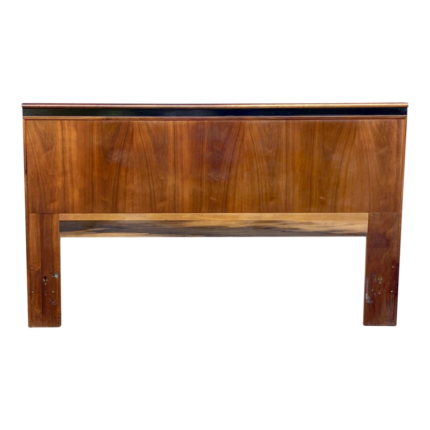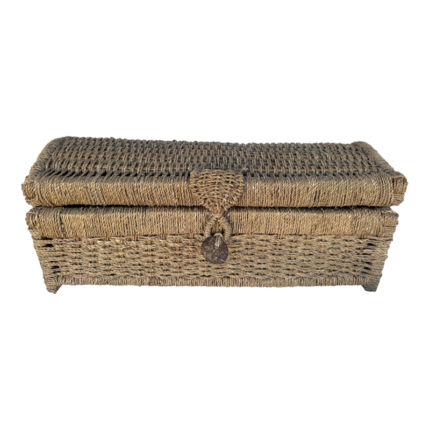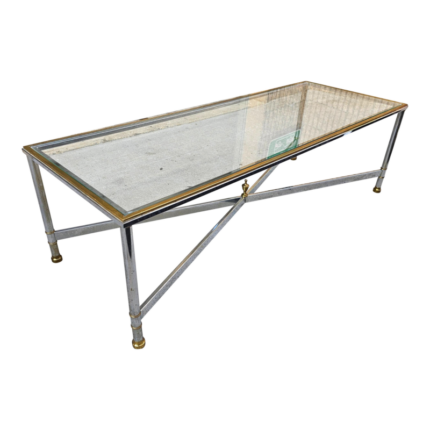There are quite a few of these pieces in all different shapes around the market, and they fetch good prices as they are made of a very high quality.
Edmé Samson was founded in Paris in 1845 and specialised in making replacements for valuable items of the French gentry and museums. They became so good at this that they eventually grew out to be the “great imitators” – not necessarily to fool anyone, but more to fill in gaps in collections that had arisen through breakage and wear, and to offer the new French bourgeoisie an affordable way to obtain pieces of top quality. This is how they came to create many items in the style of Sèvres, Meissen, Bow, Chelsea and Derby. The good Samson pieces are now highly collectable in their own right as they rival the quality of the originals.
This tureen set is potted in very greyish, hard porcelain, imitating the Chinese originals it would have been matched with. It is richly decorated in raised enamels, also in the Chinese style, but interestingly instead of doing the difficult job of creating a surface moulding, the moulding has been imitated with white enamels, creating quite a charming effect. The decoration consists of an impressive crest of a horse and griffin rampant, both beautifully painted with lively expressions, and a blue scroll below inscribed ‘Sic Donec’, which can be translated as “So it will be” or “It is true”. This must have been made for a relative of the family of the Duke of Bridgewater. Around the items are sprigs of peony bushes and prunus branches. The inside rims of the bowl and the flange of the cover are trimmed with a hard-wearing brown paint rather than gilt, making the bowl more resistant to rubbing than if the rims would have been gilded. Overall the gilt is of low substance, probably in line with the Chinese originals.
The bowl and the plate are marked in iron red with the Samson faux Chinese mark.
CONDITION REPORT: All three items are in excellent antique condition without any damage, crazing or repairs. There is some slight rubbing to the raised enamels, as visible in the pictures.
Antique porcelain is never perfect. Kilns were fired on coal in the 1800s, and this meant that china from that period can have some firing specks from flying particles. Makers were also known for their experimentation, and sometimes this resulted in technically imperfect results. Due to the shrinkage in the kiln, items can have small firing lines or develop crazing over time, which should not be seen as damage but as an imperfection of the maker’s recipes, probably unknown at the time of making. Items have often been used for many years and can have normal signs of wear, and gilt can have signs of slight disintegration even if never handled. I will reflect any damage, repairs, obvious stress marks, crazing or heavy wear in the item description but some minor scratches, nicks, stains and gilt disintegration can be normal for vintage items and need to be taken into account.
There is widespread confusion on the internet about the difference between chips and nicks, or hairlines and cracks. I will reflect any damage as truthfully as I can, i.e. a nick is a tiny bit of damage smaller than 1mm and a chip is something you can easily see with the eye; a glazing line is a break in the glazing only; hairline is extremely tight and/or superficial and not picked up by the finger; and a crack is obvious both to the eye and the finger.
Dimensions: the set measures 13cm (5″) tall incl. stand and finial; stand 20cm (8″) diameter.
-
Creator:Edmé Samson(Maker)
-
Dimensions:Height: 5 in (12.7 cm)Diameter: 8 in (20.32 cm)
-
Sold As:Set of 3
-
Style:Chinese Export(In the Style Of)
-
Materials and Techniques:PorcelainHand-Painted
-
Place of Origin:France
-
Period:Late 19th Century
-
Date of Manufacture:1845-1891
-
Condition:GoodWear consistent with age and use. In excellent antique condition.
-
Seller Location:London, GB
-
Reference Number:Seller: LT-SAM01Seller: LU4805132171722

















































Reviews
There are no reviews yet.